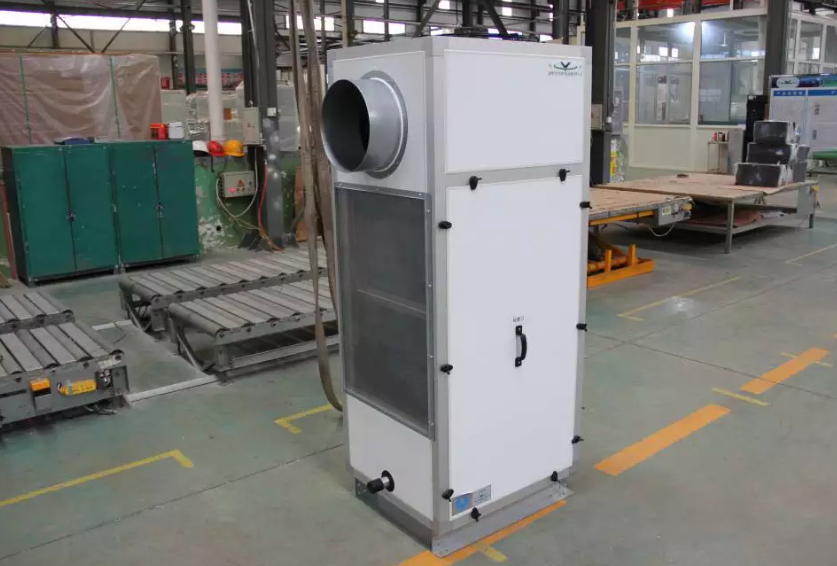The main difference between crossflow and counterflow heat exchangers lies in the direction in which the two fluids flow relative to each other.
- Counterflow Heat Exchanger:
- In a counterflow heat exchanger, the two fluids flow in opposite directions. This arrangement maximizes the temperature gradient between the fluids, which improves heat transfer efficiency.
- Benefit: The counterflow design is typically more efficient because the temperature difference between the fluids is maintained across the entire length of the heat exchanger. This makes it ideal for applications where maximizing heat transfer is crucial.
- Crossflow Heat Exchanger:
- In a crossflow heat exchanger, the two fluids flow perpendicular (at an angle) to each other. One fluid typically flows in a single direction, while the other flows in a direction that crosses the first fluid’s path.
- Benefit: While the crossflow arrangement is not as thermally efficient as counterflow, it can be useful when space or design constraints exist. It is often used in situations where the fluids must flow in fixed paths, such as in air-cooled heat exchangers or situations with phase changes (e.g., condensation or evaporation).
Key Differences:
- Flow Direction: Counterflow = opposite directions; Crossflow = perpendicular directions.
- Efficiency: Counterflow tends to have higher heat transfer efficiency due to the more consistent temperature gradient between fluids.
- Applications: Crossflow is often used where counterflow isn't feasible due to design limitations or space constraints.



